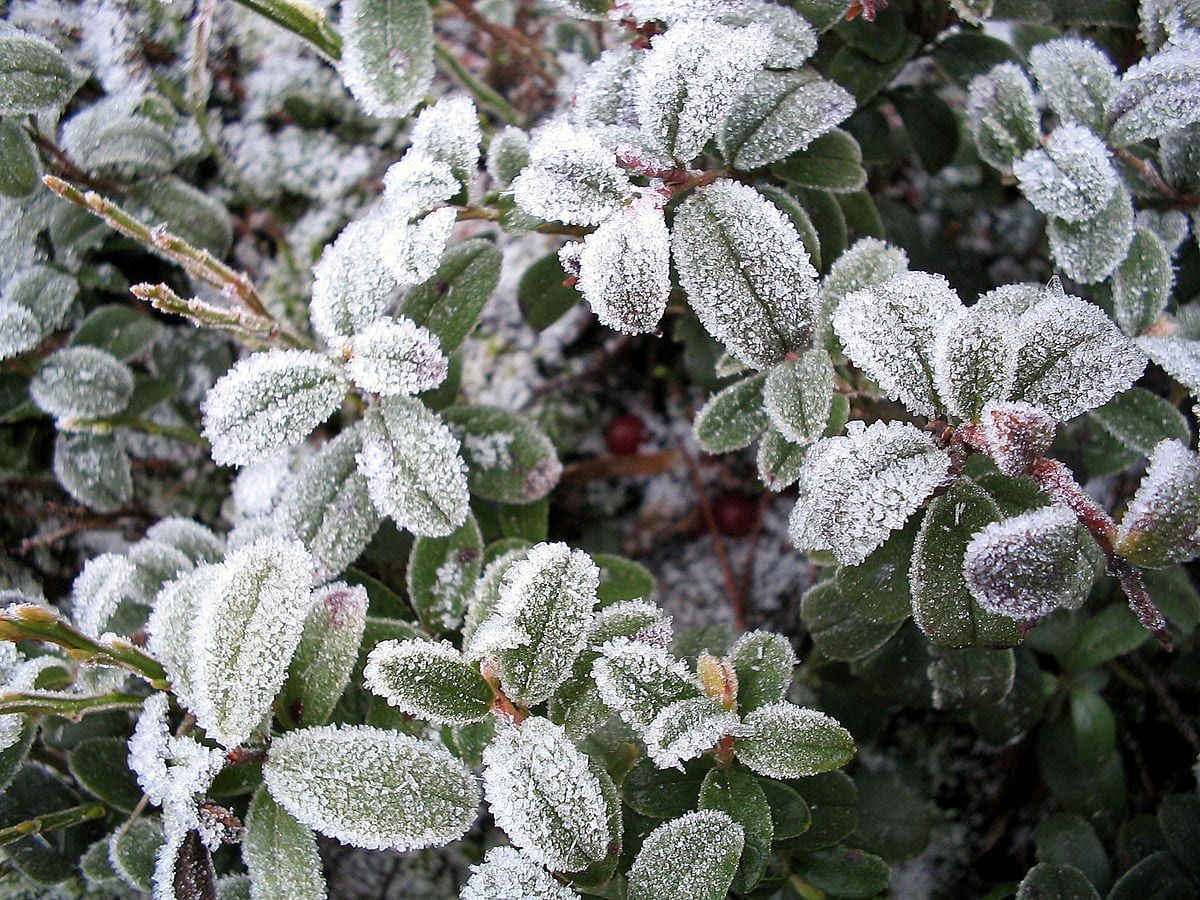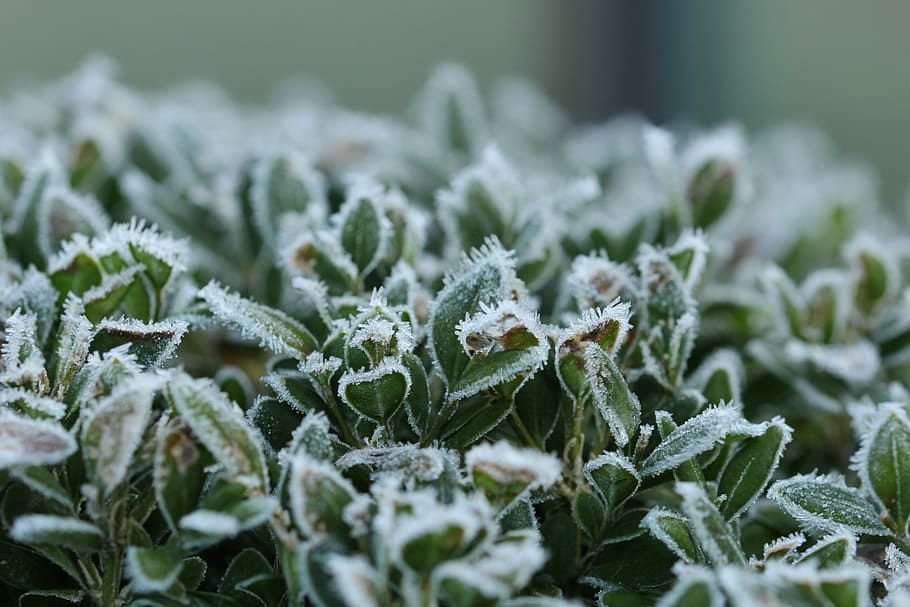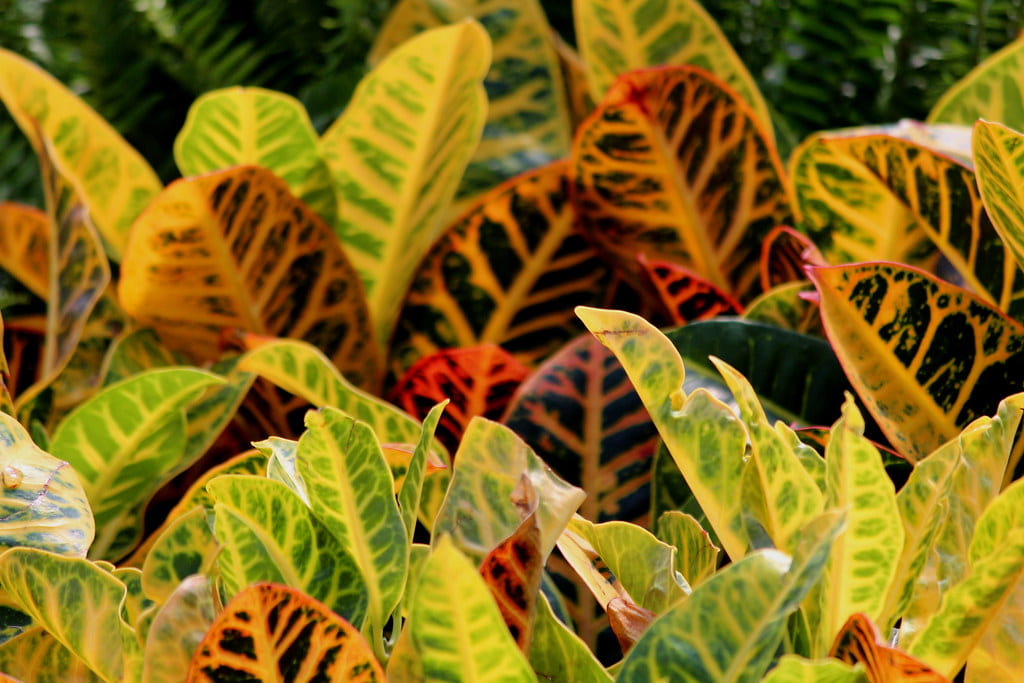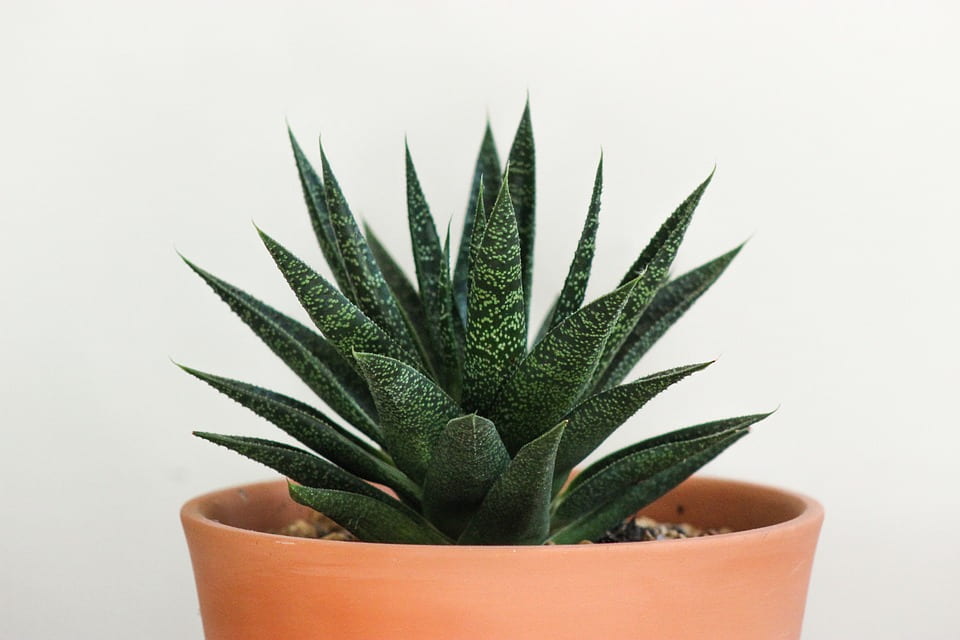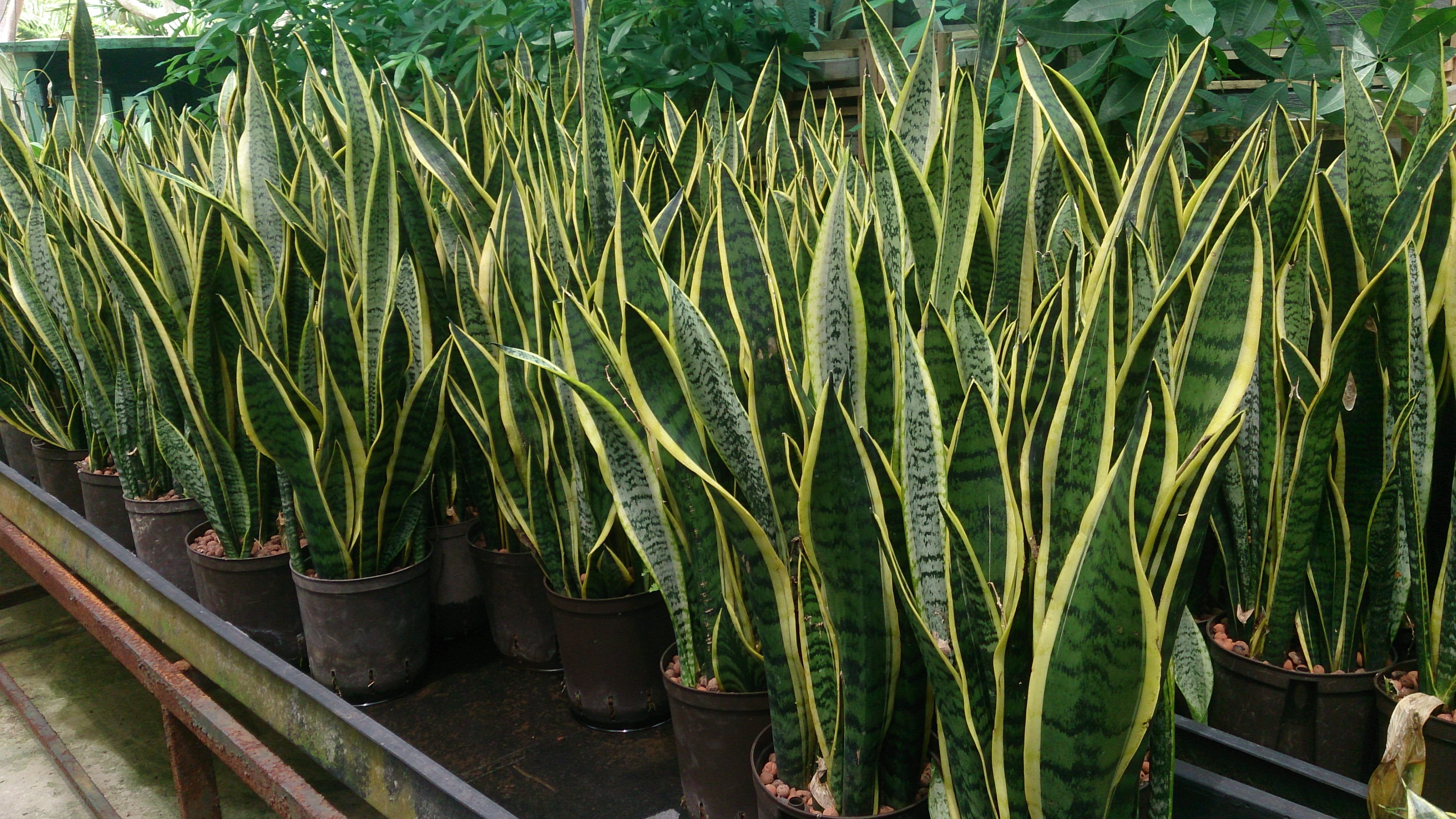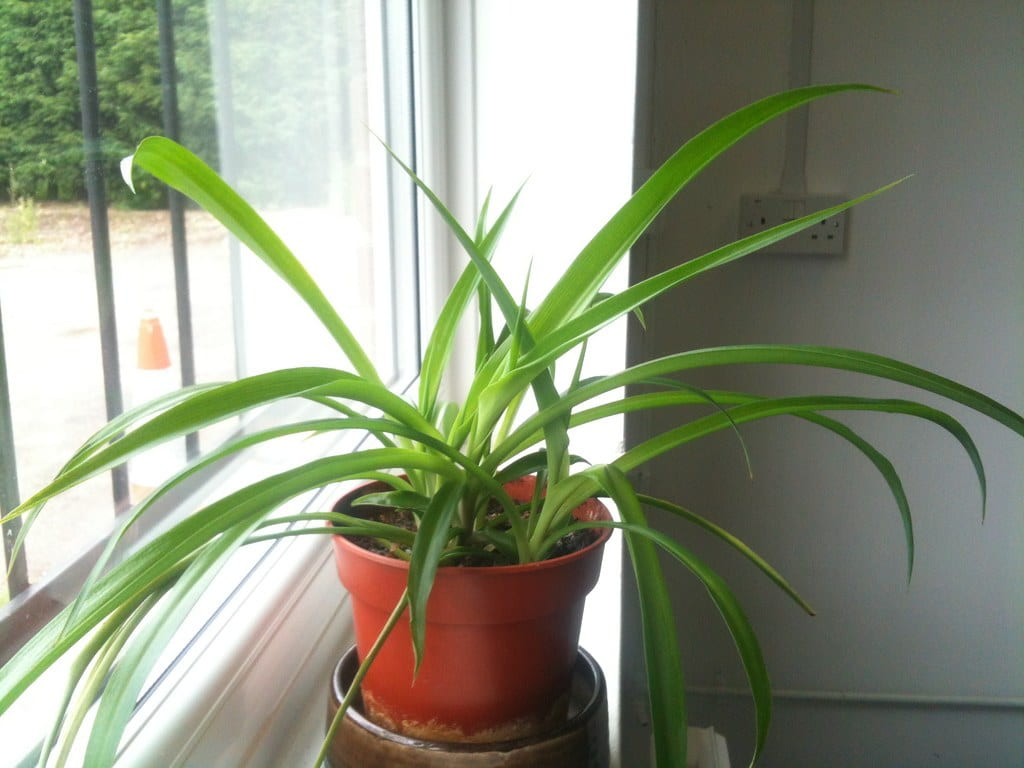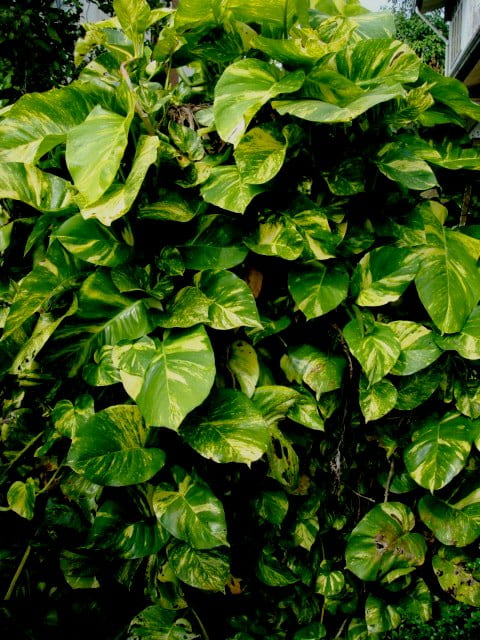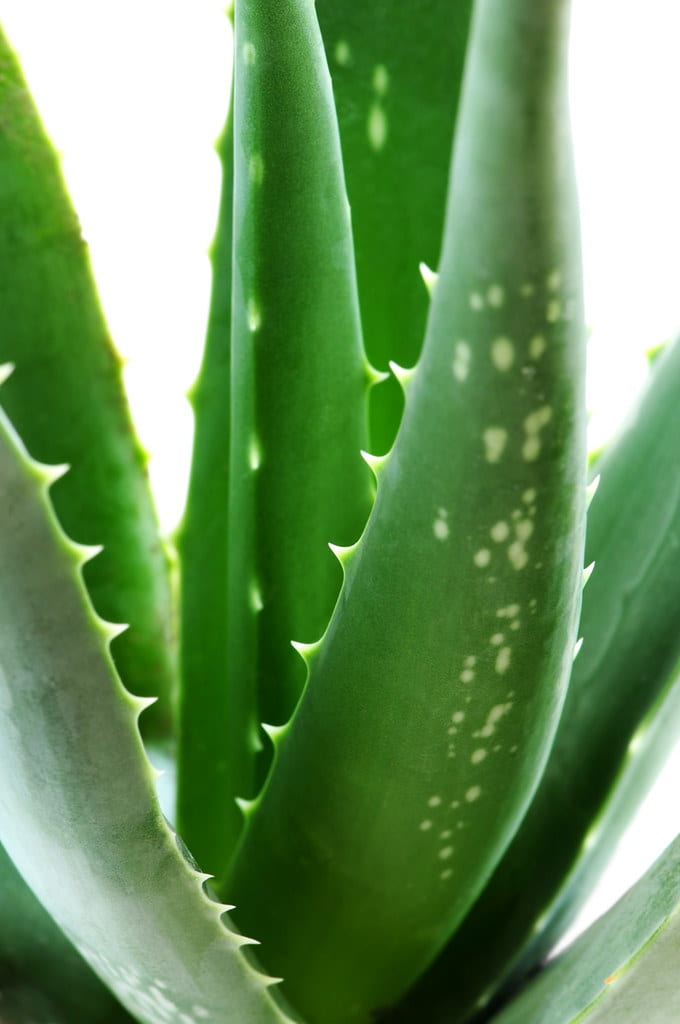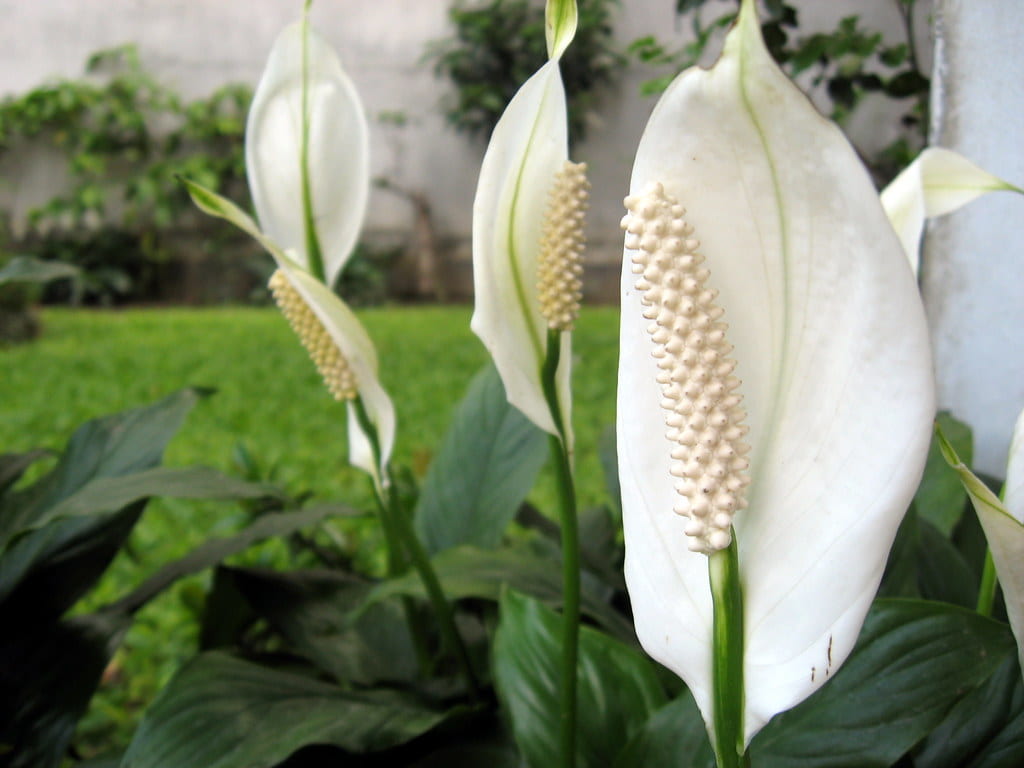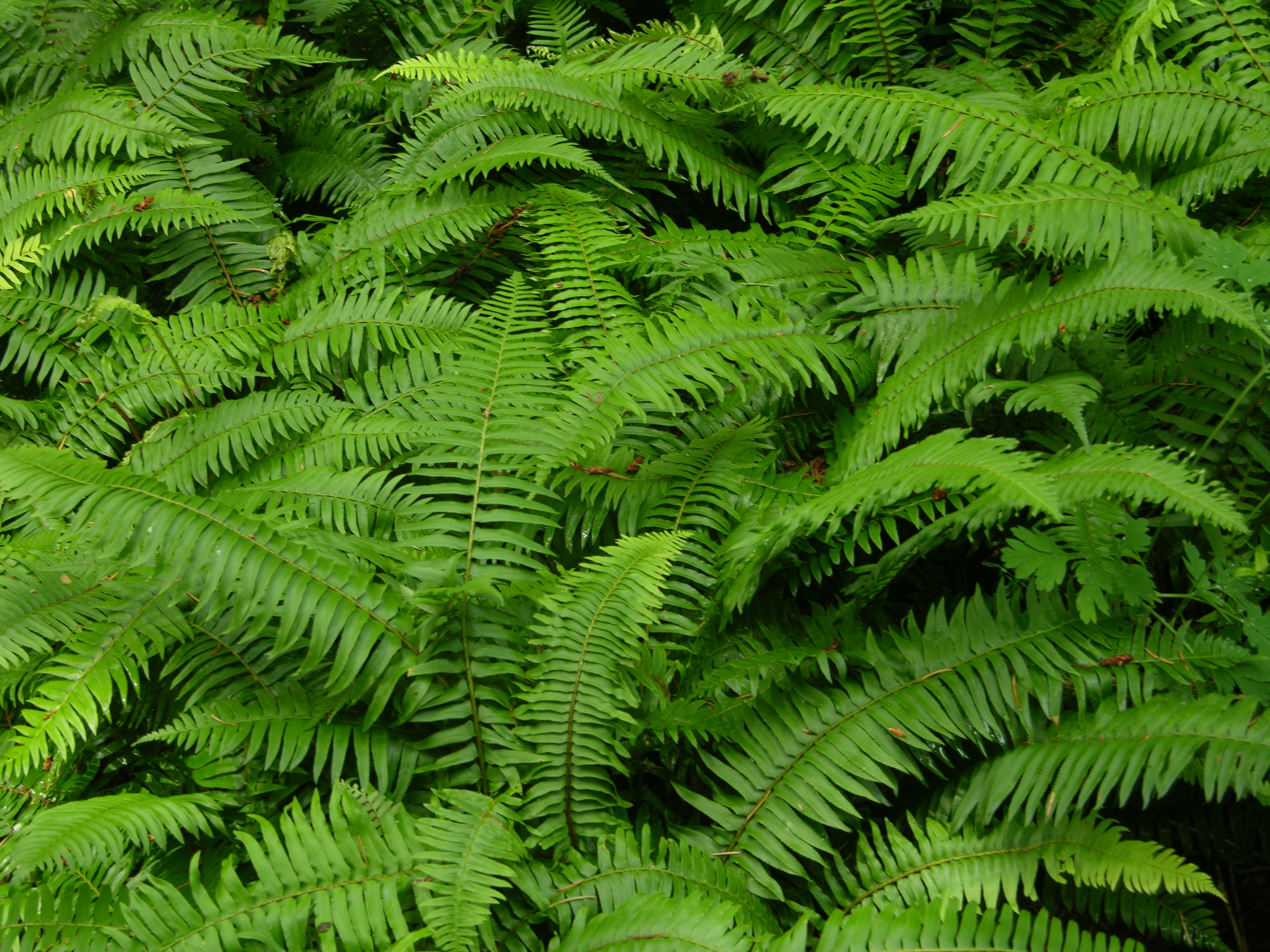April is national poetry month! Although this is a bit past is a great time to curl up with a favorite collection of poetry, or search out new ones! Poetry is a wonderful way to express one’s creativity, and explore the possibilities of what one can create with words. There is infinite potential in this art form. So whether you are reading or writing it, there’s a poem for everyone.
Additionally, poetry and education go hand-in-hand. In my time at school, I have spent countless hours analyzing poetry. Some of my fondest memories of english class are of pouring over a poem, until the message became clear. Additionally, I find that reading poetry is an excellent way to relax after a long day in class. The gentle cadence of the lines is enough to allow me to shed any excess worries and simply focus on the words. Thus, in the spirit of relaxation and education, I thought I would share some of my favorite poems and poetry styles here!
rhyming poetry
Jabberwocky
by Lewis Carroll
‘Twas brillig, and the slithy toves
Did gyre and gimble in the wabe;
All mimsy were the borogoves,
And the mome raths outgrabe.
“Beware the Jabberwock, my son
The jaws that bite, the claws that catch!
Beware the Jubjub bird, and shun
The frumious Bandersnatch!”
He took his vorpal sword in hand;
Long time the manxome foe he sought—
So rested he by the Tumtum tree,
And stood awhile in thought.
And, as in uffish thought he stood,
The Jabberwock, with eyes of flame,
Came whiffling through the tulgey wood,
And burbled as it came!
One, two! One, two! And through and through
The vorpal blade went snicker-snack!
He left it dead, and with its head
He went galumphing back.
“And hast thou slain the Jabberwock?
Come to my arms, my beamish boy!
O frabjous day! Callooh! Callay!”
He chortled in his joy.
‘Twas brillig, and the slithy toves
Did gyre and gimble in the wabe;
All mimsy were the borogoves,
And the mome raths outgrabe.
Poem found here.
I have loved Jabberwocky ever since I read Alice in Wonderland for the first time, and was introduced to the wonderful things Lewis Carroll could do with words. This poem about slaying the fearsome Jabberwock beast is a classic rhyming poem, with such fantastic rhymes as “catch” and “Bandersnatch”!
Rhyming poetry is typically the most well-known type of poetry, and is what comes to mind when we have to think of a poem. The marvelous way that poetry allows us to play with words is one of the joys of this art. For more rhyming poetry, look at these famous examples!
Here’s a great video on how to write a rhyming poem!
free verse
A Noiseless Patient Spider
by Walt Whitman
A noiseless patient spider,
I mark’d where on a little promontory it stood isolated,
Mark’d how to explore the vacant vast surrounding,
It launch’d forth filament, filament, filament, out of itself,
Ever unreeling them, ever tirelessly speeding them.
And you O my soul where you stand,
Surrounded, detached, in measureless oceans of space,
Ceaselessly musing, venturing, throwing, seeking the spheres to connect them,
Till the bridge you will need be form’d, till the ductile anchor hold,
Till the gossamer thread you fling catch somewhere, O my soul.
Poem found here.
Free verse is typically the most open form of expression in poetry, with almost no veritable rules to it. There are infinite possibilities for this style, and thus infinite ways to express an emotion or thought. Here are some great examples of this style!
This poem by Whitman, who was famous for his nature poems, is a soothing contemplation on the motions of a spider and its web. Despite the simplicity of the subject, the way in which Whitman weaves the words together forms an image of that is much greater than any one spider. For more poems by Whitman, and an overview of his work, check out the Poetry Foundation’s page.
Here’s a great informative video about free verse poetry.
haikus
Winter seclusion –
Listening, that evening,
To the rain in the mountain.
– Kobayashi Issa
Poem found here.
Haikus are typically very regimented in their structure, sticking to the traditional style of 5-7-5 syllable lines. I find them to be the most striking, with the poignancy of the image juxtaposed with the minimalism of the words used.
This poem by Kobayashi Issa is a well-known haiku. The image of mountain rain particularly strikes me as a wonderful sort of serenity. The IAFOR Vladimir Devidé Haiku Award’s website has an in-depth explanation about Haikus and their rich history, as well as some excellent examples.
This is a video on haikus and how they are written!
limericks
A flea and a fly in a flue
Were imprisoned, so what could they do?
Said the fly, “let us flee!”
“Let us fly!” said the flea.
So they flew through a flaw in the flue.
—Ogden Nash
Poem found here.
Limericks are often not considered “serious poetry”. These five line poems are often about less than solemn topics, and are meant more for enjoyment than contemplation. However, I find limericks to be one of the most enjoyable forms of poetry, or the simple reason that they are fun. The quick lines with snappy rhymes are a joy to read outloud or in your head, and are catchy enough to remember ven years later.
This poem by Ogden Nash was one of the first poems I can remember from school, and it has stuck with me, so much that even years later, I can recite it verbatim. Limericks are a wonderful way to be introduced to poetry, and offer an example of the infinite possibilities of words. In all, I could not imagine a better use for poetry than to chronicle the struggles of several insect trapped together. For more great limericks and information, checkout the Academy of American Poet’s website!
Heres also a video on how to write limericks and as well as a bit of history on them.
blackout poetry

I was introduced to this form of poetry in art class, where we were taught to take old books and only keep the letters and words we found most poignant in order to create a poem. At first, the idea of defacing a book in any form horrified me. However, by actually going through with the project, I gained a new-found appreciation for this poetry style. It places the emphasis on subtraction and negative space. As opposed to the typical poem, where words are created in an effort to convey something, blackout poetry obfuscates the work of others in order to create a new idea. Each of these poems become a work of art in their own right. In this case, what could be more fitting for a library blog, than a blackout poem about books? Also- checkout some more great works and info on blackout poetry from writer Austin Kleon’s website!
This is also a easy to follow video on how to create your own blackout poetry.
Poetry is a wonderful resource for reflection and creating your own is a great way to relax and de-stress. Whether you are a student or simply curious, writing your own poetry is a gratifying experience!

